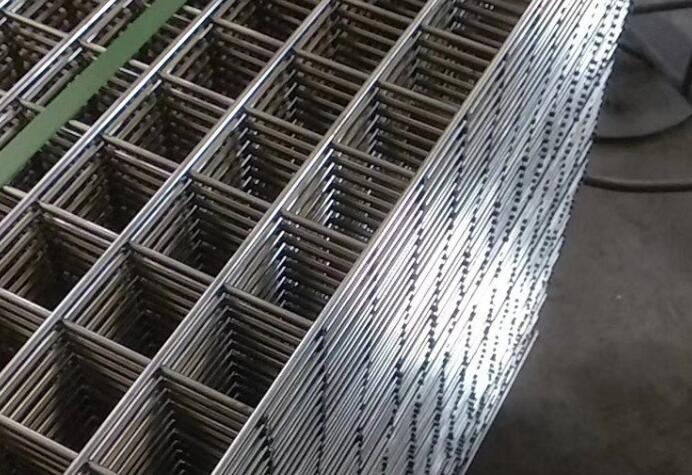Understanding Wire Mesh Standard Sizes
Wire mesh is a versatile material used in numerous applications across various industries, including construction, agriculture, manufacturing, and home improvement. One of the essential aspects of wire mesh is its standard sizes, which dictate its use and functionality. This article will delve into wire mesh standard sizes, their applications, and why selecting the correct size is crucial for any project.
What is Wire Mesh?
Wire mesh, also known as wire cloth or wire screen, is made from metal wires woven together in a grid-like structure. It can be produced from various materials, including stainless steel, galvanized steel, and aluminum, each offering unique characteristics suited for different uses. The wire's gauge, the opening's size, and the mesh count (the number of openings per linear inch) are critical factors that define the wire mesh's strength, flexibility, and overall effectiveness.
Standard Sizes of Wire Mesh
Wire mesh comes in various standard sizes, catering to an array of applications. While these sizes can vary by manufacturer, certain specifications are commonly accepted. The most commonly recognized sizes include
1. Opening Size This refers to the dimension of each individual opening in the mesh. Standard openings can range from as small as 0.5 mm to larger sizes exceeding an inch. Smaller openings are ideal for applications requiring filtration or containment, while larger openings allow for airflow and visibility.
2. Wire Gauge The thickness of the wire used in the mesh is measured in gauges. The standard wire gauge (SWG) system is often used, where a lower gauge indicates a thicker wire. Common gauges range from 8 to 24, with 12 and 16 being among the most utilized sizes for general construction and fencing applications.
3. Mesh Count This number indicates how many openings are present per linear inch of the mesh. For instance, a mesh count of 10 would mean there are ten openings in one inch. Standard mesh counts generally range from 2 to 200, depending on the application.
4. Panel Sizes Wire mesh panels also come in standard sizes based on the intended application. Common panel dimensions are 4’x8’, 3’x6’, and 2’x2’, although custom sizes can be ordered based on specific project requirements.
wire mesh standard size

Applications of Wire Mesh Standard Sizes
Different sizes and configurations of wire mesh are suited to various applications. Here are some examples
- Construction Wire mesh is commonly used in concrete reinforcement. Standard sizes that provide adequate spacing and tensile strength are critical to ensuring structural integrity.
- Fencing In fencing applications, larger openings and thicker gauges are often necessary for security purposes. Typical sizes may range from 2” x 2” openings with a gauge of 11 for livestock fencing.
- Filtration For industrial and laboratory filtration, finer mesh counts and smaller openings are essential. Filters may use sizes ranging from 20 to 200 mesh, depending on the material being filtered.
- Safety and Security Wire mesh barriers in high-security areas often require robust panels, with a mesh size that deters intruders while allowing for visibility and airflow.
Why is Size Important?
Selecting the correct wire mesh size is crucial. Using a size that is too small may lead to unnecessary costs and difficulty in installation, while a size that is too large may fail to meet the functional requirements. Additionally, the appropriate wire mesh can enhance durability, prevent material loss, and ensure safety in industrial applications.
Conclusion
Wire mesh plays a critical role in various industries and applications, and understanding its standard sizes is fundamental for selecting the right product for any project. By considering the opening size, wire gauge, mesh count, and panel sizes, individuals can make informed decisions that ensure their projects are both effective and efficient. Whether for construction, fencing, or filtration, the right wire mesh will contribute significantly to the success of the endeavor.

















